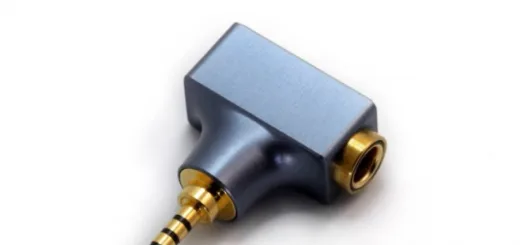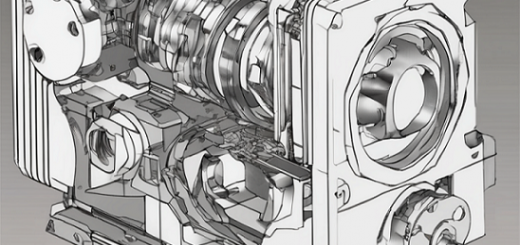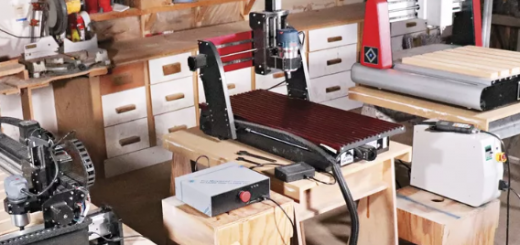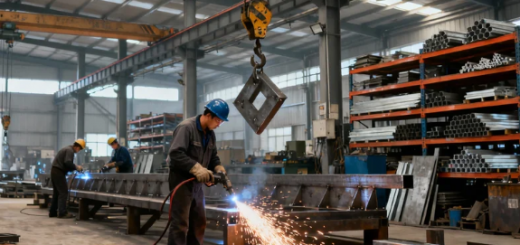Best Wood CNC Machines for Small Business 2026
There’s a unique thrill that comes from watching a CNC router transform a raw piece of wood into a precise, intricate creation. But that thrill can quickly turn to frustration if you choose the wrong material. Not all woods are created equal under the spinning end mill.The “best” wood for your project depends on the final goal: is it a painted sign, a durable piece of furniture, or a show-stopping natural wood display? Let’s dive into the properties of common wood types and the 2026 best CNC machines for wood.

What Makes a Wood “Good” for CNC?
A few key properties determine how a wood will machine:
Hardness & Density: Affects the required feed rate, tooling wear, and the final quality of the cut edge.
Uniformity: Woods with a consistent grain and structure (like MDF) cut predictably. Wild, interlocking grain can cause tear-out.
Abrasiveness: Some exotic woods contain silica or minerals that dull cutting bits at an alarming rate.
Chip Evacuation: The wood’s ability to allow chips to clear cleanly from the cut path is critical for a smooth finish and preventing burn marks.
CNC Machines for Wood
The Reliable Workhorses: MDF & Plywood
These engineered woods are the unsung heroes of the CNC world, prized for their predictability and affordability.
MDF (Medium-Density Fiberboard):
Perfectly uniform and homogeneous. It has no grain, which means it cuts with a super smooth edge in any direction. It’s ideal for painted projects, jigs, and templates. It creates very fine, messy dust (wear a respirator!). It’s also heavy, and the edges are soft and porous, requiring filler if you plan to paint them.Use a compression bit for clean cuts on both the top and bottom surfaces. Slower feed rates can help prevent burning.
Baltic Birch Plywood:
Not your average hardware store plywood. Baltic Birch has many thin, solid plies with very few internal voids. This makes it strong, stable, and less likely to chip out on the surface layers. Excellent for structural parts, boxes, and laser-like detailed cuts.More expensive than MDF or construction plywood. The edges have a distinctive layered look. Use a sharp, multi-flute up-cut bit for a clean top surface, or a compression bit to manage chip-out on both sides.
The Classic Softwoods: Easy to Machine
Pine, Cedar, Poplar:
Softwoods are, as the name implies, softer. This makes them easy to cut, allowing for faster feed rates and putting less wear on your bits. Poplar, in particular, is a fantastic “painter’s hardwood” that is relatively cheap and has a subtle, manageable grain.The softness can lead to fuzzy edges, especially with slower spindle speeds or dull bits. Pine often has sticky sap that can gunk up your machine. They can also dent easily.Use very sharp tools and experiment with higher feed rates to slice through the fibers cleanly instead of tearing them.
The Stunning Hardwoods: For a Premium Finish
These are where CNC machining truly shines, creating heirloom-quality pieces.
Maple, Walnut, Cherry, Oak:
Why they’re great: They offer beauty, durability, and a superb finish. Walnut is a dream to machine, cutting cleanly and offering a rich, dark color. Maple and Cherry produce incredibly smooth, professional results.
The Downsides: Harder woods require more power from your machine, slower feed rates, and will dull your bits faster. They are also more expensive.
CNC Tip:
Maple: Very hard and can be abrasive. Use sharp, carbide bits and conservative feed rates.
Walnut: A CNC favorite. It machines beautifully with minimal tear-out.
Cherry: Also machines well, but can burn if you’re not moving fast enough.
Oak: Be cautious with red oak—its open, porous grain can tear out easily. A down-cut bit can help hold the fibers down for a cleaner surface.
How to Choose Your CNC for Woodworking Shops
Set Your Budget
Benchtop CNCs run from $1,500–$6,000. Cheaper machines often sacrifice accuracy and durability, so invest in the level of precision your projects require.
Choose the Right Envelope (X, Y, Z Travel)
Match the machine size to what you plan to make. Small signs need little travel; furniture parts or long boards need larger capacity or tiling support.
Match Precision to Your Projects
Simple signs don’t need the same tolerances as detailed engravings or parts that must fit together perfectly. Buy for the precision your work demands.
Plan for Future Growth
If you may want to cut larger pieces or add a rotary (4th-axis) attachment later, choose a machine that supports expansions or upgrades.
What Are the Best Types of Wood for CNC 3D Carving?
Choosing the right wood is essential for clean details, smooth finishes, and reliable results in CNC 3D carving. You want woods that resist tearing, hold fine detail, and have consistent grain. Here are some of the best options:
Redwood
Soft and easy to carve, redwood is beginner-friendly and produces clean results with minimal tear-out. It’s also naturally weather-resistant and has a warm reddish tone.
Cherry
A bit harder to carve but worth it—cherry delivers a smooth, rich, and naturally radiant finish that looks amazing on detailed 3D projects.
Maple
Strong and consistent, maple cuts cleanly and typically requires no fillers after machining. It’s great for crisp details and durable carved pieces.
The “Proceed with Caution” and “Avoid” List
Some woods present significant challenges that can ruin your project, your tools, or even your machine.
Proceed with Caution:
- OSB (Oriented Strand Board): Its inconsistent and chunky structure is terrible for fine detail and will almost certainly cause tear-out and a rough surface.
- Construction-Grade Plywood: Often full of voids and made with rough, resinous outer plies that chip easily and are hell on tooling.
- Highly Resinous Woods (e.g., Yellow Pine): The sap can act like glue, building up on your end mill (this is called “pitch build-up”) and leading to friction, heat, and a poor-quality cut.
Best to Avoid (Especially for Beginners):
Jatoba (Brazilian Cherry) & Purpleheart: These are not only very hard but also highly abrasive due to their silica content. You can literally watch your sharp carbide bits become dull in a single project.
MDF with a Melamine/Laminate Coating: While the finished look is appealing, the laminate is incredibly abrasive and will drastically shorten the life of your expensive bits. The cut edge often chips the laminate, leaving an ugly, unfinished line.
Exotic, Oily, or Silica-Rich Woods:
Teak & Ipe: These are extremely dense and contain natural oils that can hinder finish adhesion and gum up your machine.
What’s the Best Wood for CNC Sign Making?
Cypress is one of the best woods for CNC sign making thanks to its soft, forgiving density and smooth cutting behavior. It machines easily, resists tear-out, and holds clean edges, making it ideal for beginners and experienced users alike. If you haven’t tried CNC sign projects yet, cypress is a great wood to start with—easy to carve, fun to work with, and perfect for home or shop décor.
What’s the Best Wood for CNC Engraving?
Basswood is widely considered the best wood for CNC engraving. It’s lightweight, soft enough for effortless carving, and strong enough to hold fine detail without chipping. Whether you’re doing shallow linework or highly intricate designs, basswood produces crisp, clean engravings with minimal sanding needed afterward.

















